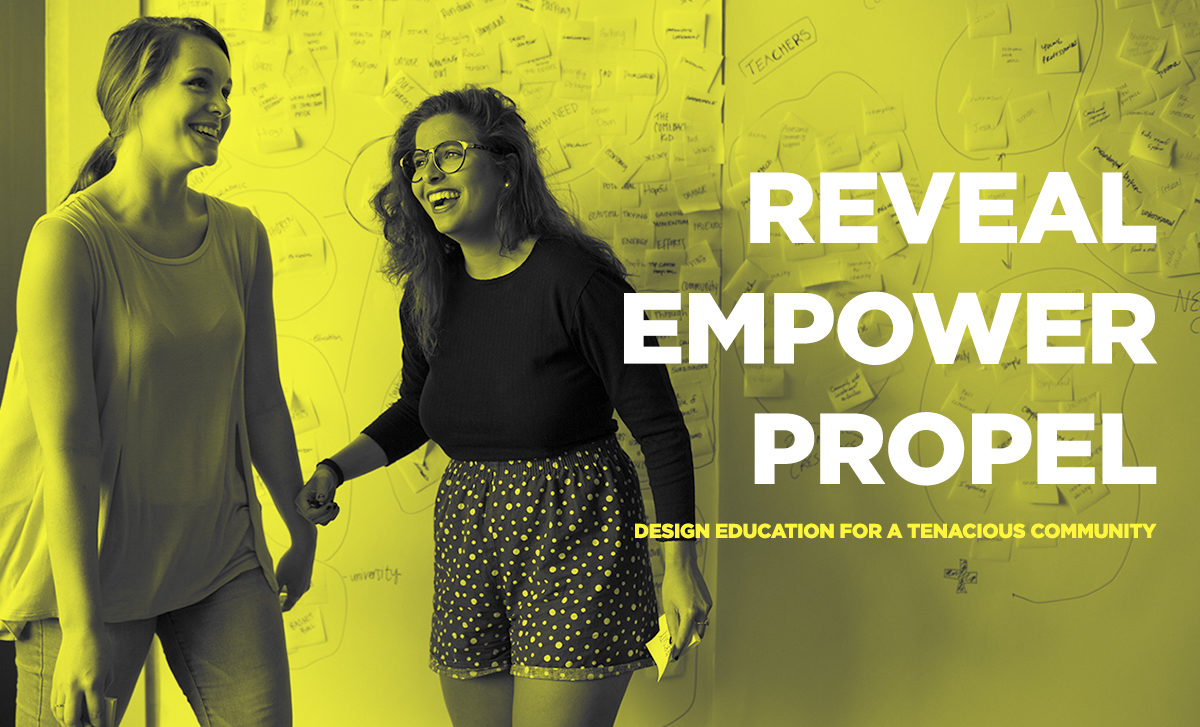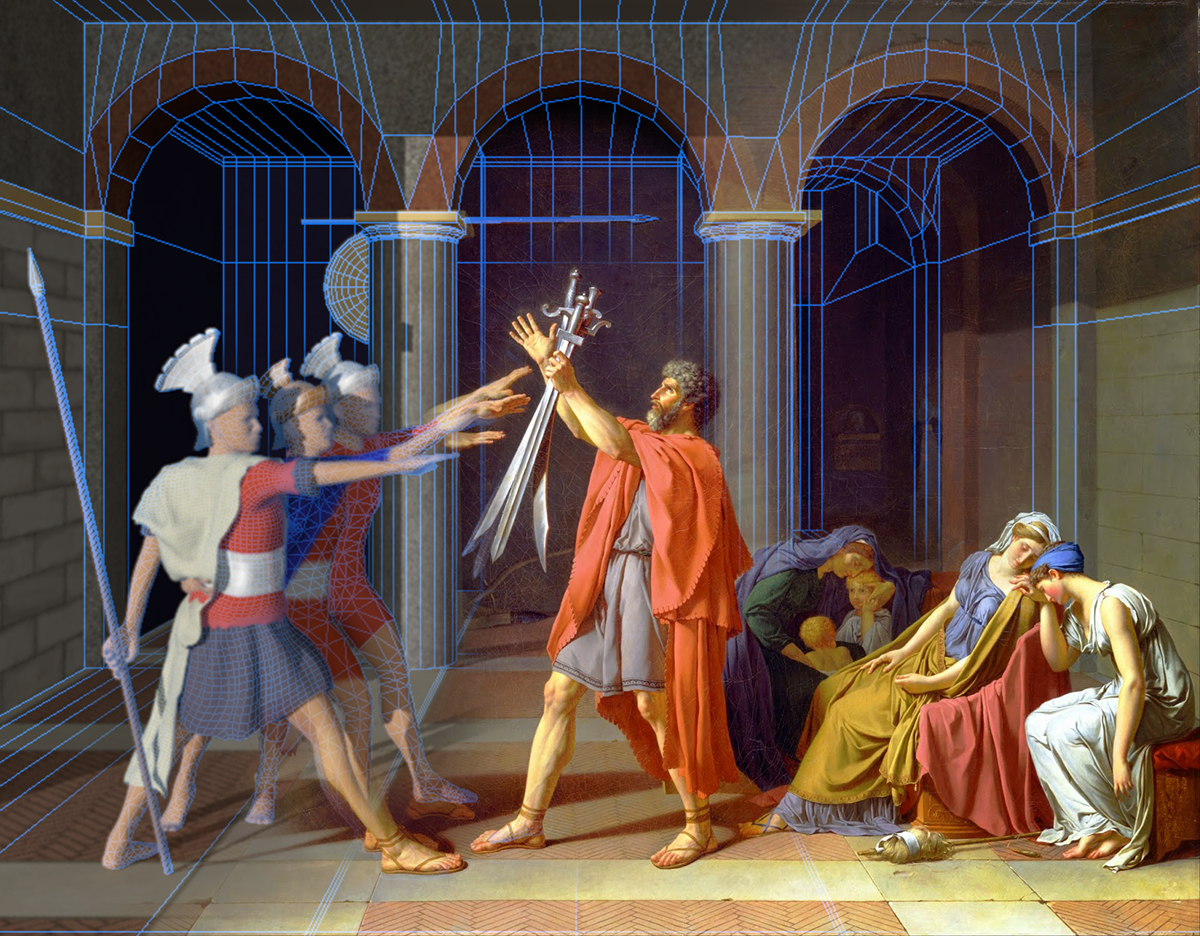Herb Vincent Peterson
Associate Professor of Design: Coordinator of Graphic Design
Co-Founder of Marion Design Co.
Division of Art + Design
Indiana Wesleyan University
Wendy Puffer
Assistant Professor: Coordinator of Design for Social Impact
Co-Founder of Marion Design Co.
Division of Art + Design
Indiana Wesleyan University
No larger than 30,000 people and deeply bruised by a downtrodden economy rooted in racial tensions, the rustbelt town of Marion, Indiana begs to become triumphant once again. A community previously slated to become the thriving metropolis of the Mid-West, now promotes a residue of the past with blighted storefronts, broken homes, and vast and vacant warehouses. Here lies the real crossroads of America. Never before has there been such a need to see Design as a mechanism to reveal a true identity within a community and empower its people to propel forward into a new chapter of vibrant life.
How can design empower radical change? How can students learning design employ empathy to develop relational design practices and drive trust in a community plagued by deep trauma? What is the responsibility of University design programs connected to rust-belt and blighted American towns?
This is the story about a social design studio and the subsequent movements that change how we consider community activism and design education. The studio of faculty and undergraduates face wicked problems head on while gaining experience conducting ethnographic research with community members. The environment of unbridled growth of ideas, reflective of the academic model of the middle ages, encourages individuality and freedom of thought. Through an immersive experience where students learn to become design leaders, the social design studio of Marion Design Co. utilizes design thinking strategies engaging community toward authentic relationships, bringing much needed hope and innovation.
This research was presented at the Design Incubation Colloquium 3.3: Kent State University on Saturday, March 11, 2017.





